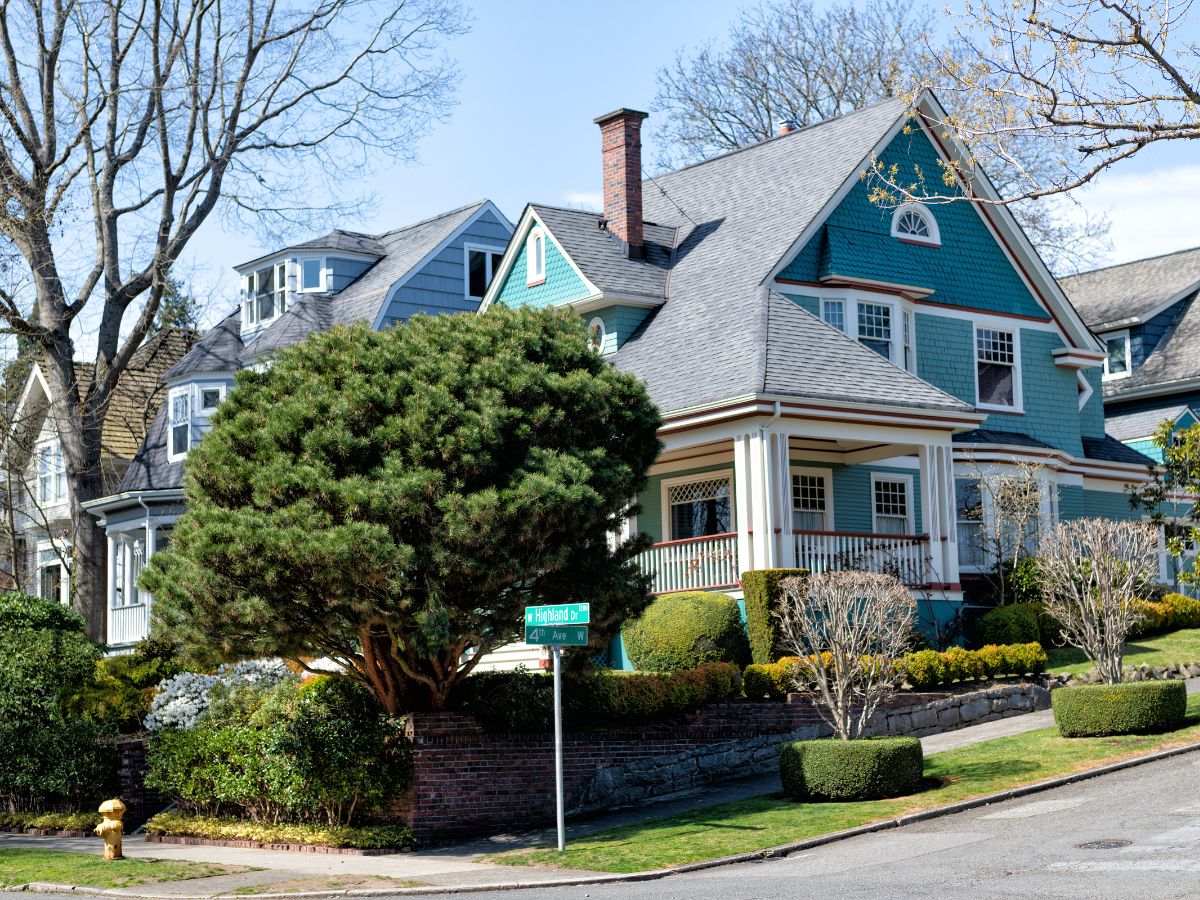
Spring Home Sellers Face Reality Check: Price Cuts May Be the Key to Sale
Spring is usually the season for home sales. Families want to move in before the school year starts in the fall, and buyers shake off the winter chill to start house hunting in earnest. Almost 40% of annual home sales happen between February and May.
But this year the market is sending mixed signals. Sellers are holding out for top dollar, whereas buyers—weighed down by high prices and elevated mortgage rates—are playing hard to get. If you’re planning to sell, you might need to slash your asking price to close the deal.
Buyers Are Browsing—But Not Biting
There’s definitely interest. More people are touring homes and mortgage applications are up 7% compared with last March. But actual sales are still sluggish. Existing home sales leapt 4% in February from January—better than expected—but still down 1% from last year.
Even when buyers do make an offer, they’re backing out more often. In February one in seven pending sales fell through, up from the usual one in nine. Some of that cold feet might come from jitters about the economy. In places like Washington, D.C., where federal job cuts are making headlines, half of new-home contracts are getting canceled, according to industry surveys.
Big homebuilders are seeing the slowdown firsthand. They say demand has softened, forcing them to dole out bigger incentives like rate buy-downs and upgrades to lure buyers. Prices on their new homes dipped 1% compared with a year earlier.
KB Home, a builder, just cut its sales outlook, admitting the usual spring surge hasn’t shown up.
Mortgage Rates Are Down But Payments Are Up
Meanwhile mortgage rates have inched lower since last year. Yet home prices haven’t stopped climbing, meaning buyers need heftier down payments just to get in the door. The median monthly mortgage payment has hit a record $2,807, up 5.3% from last year.
For many that’s just too much. Rising credit card debt and student loans are making it harder to qualify for mortgages, leaving buyers stretched thin.
More troubling, sellers’ expectations haven’t caught up with reality. The median listing price nationwide is $425,000 but the median selling price is just $384,000. To get deals done, most sellers are knocking about 2% off their asking price.
If your house sits for a week with no offers, it’s priced too high, says Redfin’s chief economist, Daryl Fairweather. Some sellers would rather pull their homes off the market than lower the price—which explains why delistings are way up. In February, 9% of listings were taken down after failing to sell, compared with 3.2% last year.
Not every market is struggling, however. In parts of the Midwest and Northeast, where housing shortages endure, bidding wars are still common. But in states like Florida, Texas, Colorado and Utah, supply has bounced back to pre-pandemic levels—or close to it—giving buyers the upper hand.
Buyers are out there, but they’re cautious. If you’re selling this spring, pricing aggressively from the start could mean the difference between a quick sale and a house that lingers. The market’s shifting. Sellers who adjust now will avoid the frustration of watching their home gather dust while the smart ones cash in and move on.



